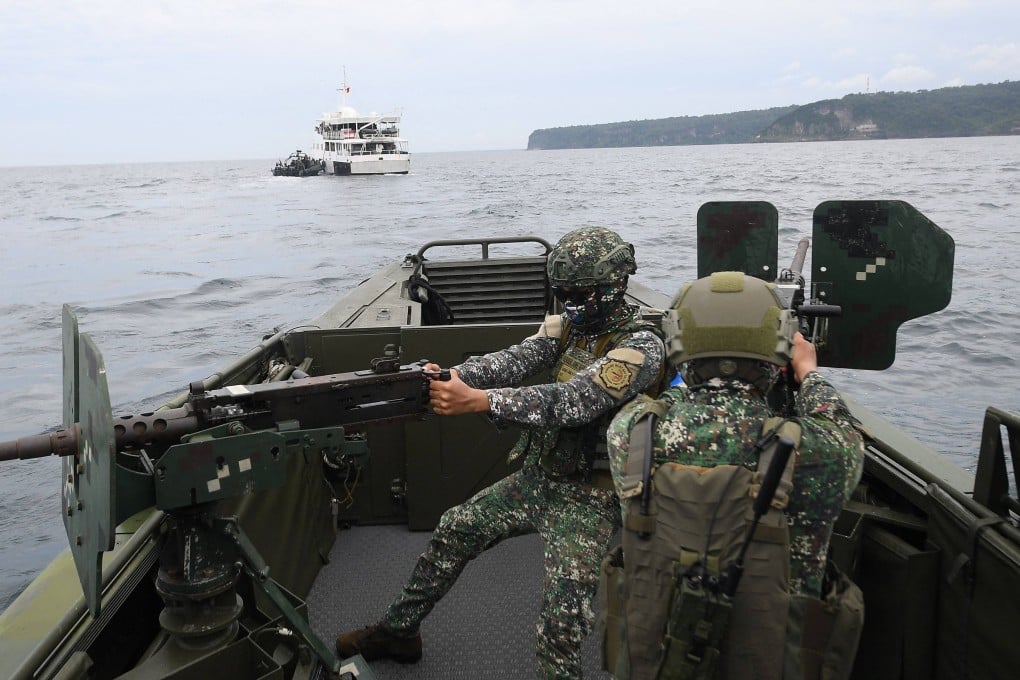Advertisement
Asian Angle | How Southeast Asia can help bolster regional security amid growing US-China rivalry
It is in the region’s interests to welcome the independent involvement of extra-regional powers to keep vital sea lanes free and open
Reading Time:4 minutes
Why you can trust SCMP
3

As the Middle East teeters on the brink of a full-scale regional conflict and the war in Ukraine rages on, Asia is also witnessing increased militarisation and heightened risks of unintended conflict.
This is driven by the intensifying strategic contestation between the United States and China, which will underpin geopolitical realities for years to come. With bipartisan consensus that it is China – not Russia, Iran or any other country – that poses the most salient strategic threat to the US, Asia’s leaders must expect that the US will continue to focus its resources on containing China and corral like-minded countries to manage the challenge.
The question is what role Southeast Asian countries and other middle powers can play to manage heightening tensions and bolster regional security.

In a demonstration of its deterrence capabilities, China on September 25 carried out a test launch of an intercontinental ballistic missile into the Pacific Ocean – the first such test in 44 years. China has also been stepping up its military drills in the South China Sea, including with Russia. Some of these exercises appear to be a response to drills undertaken by the US and its allies and partners in the region. China’s most recent exercise, carried out between September 30 and October 1, coincided with a five-nation drill involving the US, the Philippines, Australia, Japan and New Zealand.
The US, for its part, has kept up its schedule of multilateral and bilateral exercises. On October 7, it commenced yet another joint naval exercise with the navies of the Philippines, Australia, Canada, France, Japan and Britain. Dubbed Exercise Sama Sama, the two-week drills were being carried out off the coast of Luzon, facing Taiwan, and involved anti-submarine, anti-surface and anti-air warfare operations. These drills were the eighth iteration in the series, which started initially as a bilateral exercise between the US and the Philippines.
Perhaps the most significant development arising from the step-up of US military exercises with the Philippines has been the decision to leave its Typhon missile system in the Philippines indefinitely. The land-based system is capable of firing subsonic cruise missiles and Tomahawk land-attack missiles. With its 1,000-mile (1,600km) range, it will put parts of China within reach. Unsurprisingly, China has strongly denounced the move.
Indeed, from the Chinese perspective, the maritime waters of East and Southeast Asia are looking increasingly crowded with a step-up of presence from other extra-regional powers. The three European countries with expeditionary naval capacity – France, Germany and the UK – have also regularly sent warships to the Indo-Pacific. The German navy’s frigate deployment in September through the Taiwan Strait en route to the South China Sea drew expected criticism from China. In 2025, Britain’s Royal Navy plans to send a carrier strike group to the region with two Norwegian ships, including one frigate accompanying it (the last such deployment was in 2021). France and the UK have also reportedly discussed the option of a joint carrier deployment to the Indo-Pacific.
Advertisement

